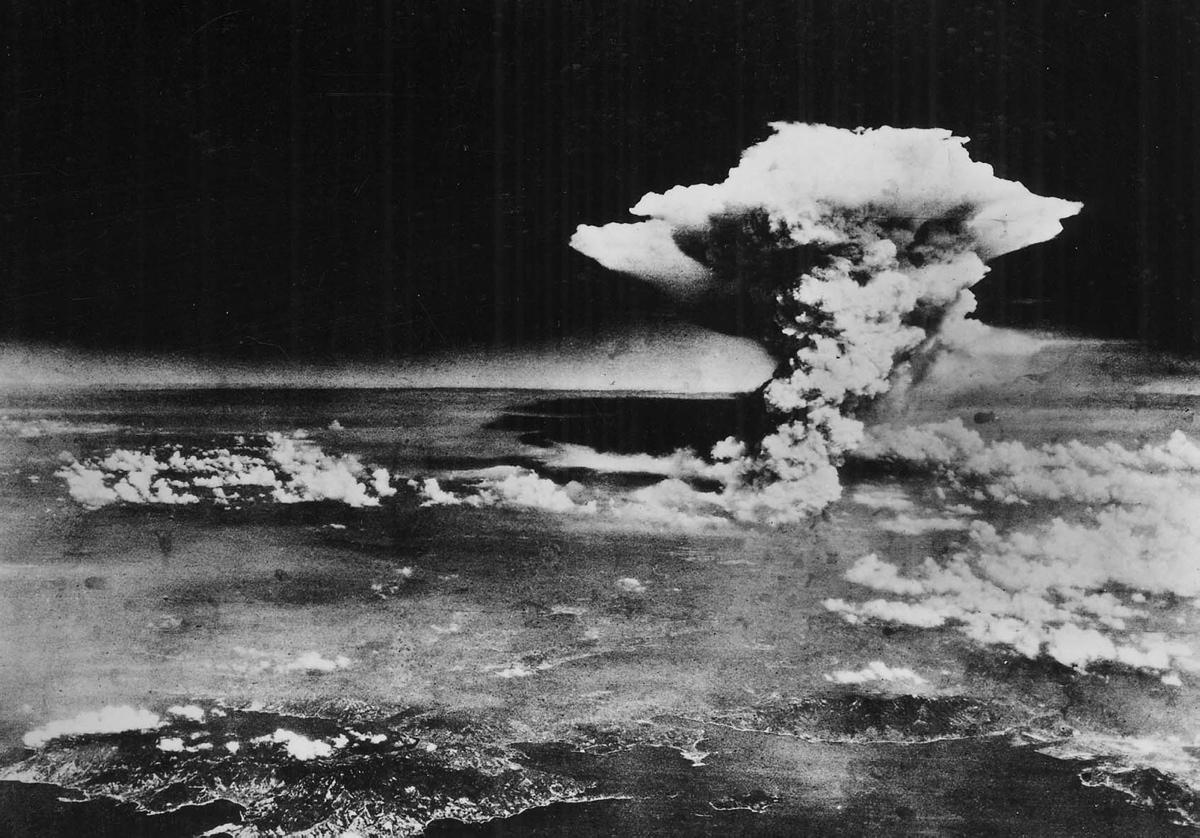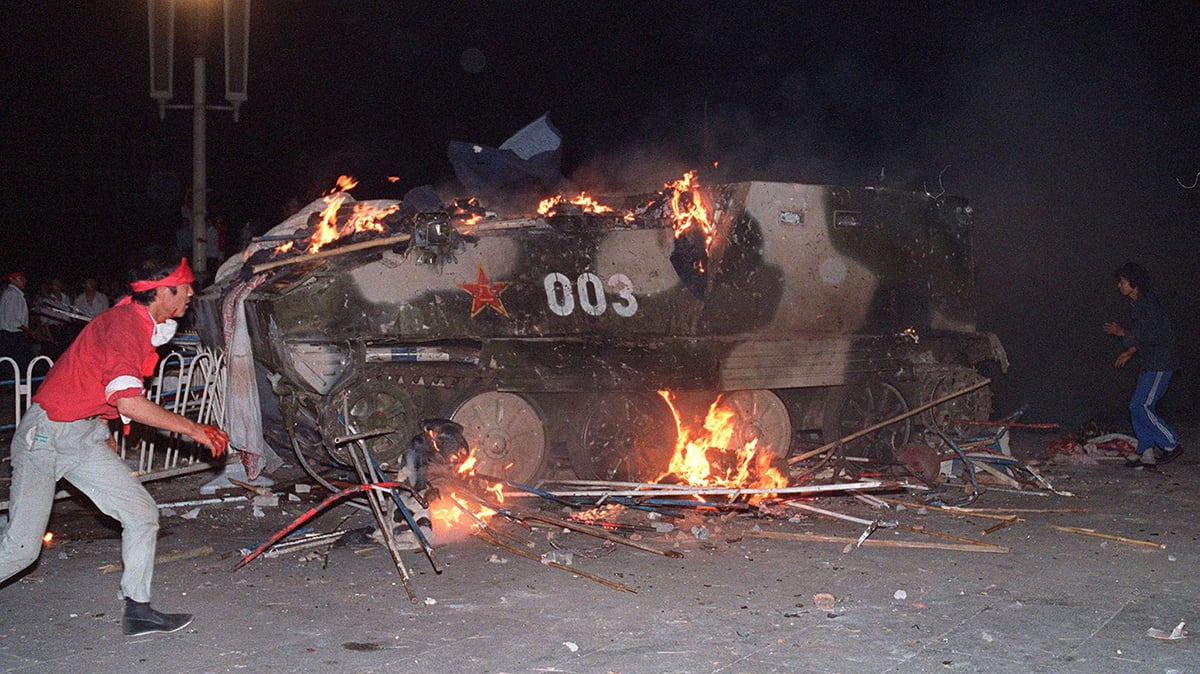Pakistan, a key partner of the United States in its “war on terror,” has been the scene of angry, mass protests against the government. President Asif Ali Zardari is fighting for his political life. He is trying to continue his government’s subservient relationship with Washington while encountering increasingly bold military operations by Islamic militants, mass protests against his policies and an energized legal opposition under the leadership of Nawaz Sharif.
 Thousands rallied in first of a wave of anti-government protests, March 6. |
The bombings, and the popular outrage they generate, make it difficult for Pakistan’s government to continue its support for Washington’s policies. Some Pakistani officials have spoken against the bombings based on the “anti-American sentiments” they fuel. After every bombing, Pakistan follows a routine of formally protesting while taking no other action. The overtly friendly relations between Pakistan and the United States are evidence of the consent of Pakistan’s government to the bombings.
The strength of Islamic militants poses another crisis for the Zardari government. In recent months, various militias have been responsible for several bombings in different areas. One of the attacks destroyed a bridge causing a major disruption in a main supply routes to the NATO forces occupying Afghanistan. Militants also staged a high profile attack on the visiting Sri Lankan cricket team. The November 2008 Mumbai attack is another indication of the level of organization of Pakistan’s militant groups in orchestrating sophisticated attacks.
The Pakistani government has demonstrated little desire to confront the Islamic militants head on. It may not think that it can win such a confrontation, particularly in the mountainous regions where the terrain is unfavorable to conventional military forces.
There are also elements in Pakistan’s military and intelligence who have various levels of sympathy to the Taliban-aligned forces. After all, it was Pakistan’s intelligence service, the ISI, that formed the Taliban and catapulted them to power. At the time, the Taliban, and their predecessors, the Mujahedeen, were funded and supported by the United States.
For these reasons, Pakistan has entered an agreement with militants in the Swat Valley region near the Afghan border, against Washington’s wishes.
Mass protests win demand for judge’s resinstatement
In recent days, Zardari’s government has had to confront another major crisis. Thousands of protesters, led by lawyers calling for an independent judiciary, have launched a campaign some have called the “Long March.”
Protesters from around the country left various cities, planning to converge on the capital, Islamabad, and engage in an indefinite sit-in. The specific demand of the protesters is the reinstatement of Chief Justice Iftikhar Chaudhry.
Chaudhry was the independent judge twice removed by U.S.-supported military dictator General Pervez Musharraf. Protests against the removal of Chaudhry were a major contributor to the destabilization of the Musharraf regime, leading to his eventual ouster.
The judges currently sitting on Pakistan’s supreme court were handpicked by Musharraf after he dismissed the entire court. The reinstatement of the original supreme court judges, including Chaudhry, had been one of the key demands of all parties opposed to Musharraf, including Zardari’s Pakistan Peoples Party.
Zardari has reneged on this promise, partly for personal reasons. During the tenure of Benazir Bhutto, his wife, Zardari developed a reputation as Mr. 10 percent. The nickname refers to the 10 percent kickbacks he received on contracts he signed in his official ministerial capacity. Zardari and Bhutto were fugitives from Pakistan for corruption charges until a U.S./British-brokered deal removed all charges against them. The reinstatement of the independent judges would likely reopen Zardari’s corruption charges.
Aside from his personal stakes in the matter, Zardari’s approach to governance has been to change as little as possible from the years of military dictatorship. Musharraf is gone but things have remained much the same. In the words of Nawaz Sharif, head of the opposition Pakistan Muslim League (N): “Sometimes we (Pakistanis) are caught up in military dictatorships. … Now we are caught up in a democratic dictatorship. In the garb of democracy, we are, frankly, under dictatorial rule.”
Sharif himself is no stranger to corruption. Sharif has a number of corruption charges against him dating back to his time as prime minister. Sharif, while not a revolutionary, has shown more independence from Washington as compared to Zardari.
While Nawaz Sharif and his party have endorsed the protests, the protests could not be characterized as pro-Sharif. Many protesters have no affiliation with Sharif and his party. The protests are really a rebellion against the status quo of pro-imperialist, corrupt and undemocratic rule.
U.S. client gov’t fails to repress protests
The Zardari government’s reaction to the demonstrations has been frantic. First, the government brutalized demonstrators in their cities of origin. Then, it blocked off roads leading to Islamabad using shipping containers and large trucks, paralyzing the country.
When all of these measures proved ineffective in turning away the demonstrators, Zardari’s government offered concessions that included the dropping of corruption charges against Sharif. But shortly afterwards, on March 15, Sharif was placed under house arrest.
On Mon. March 16, Zardari announced Chaudry’s reinstatement. Washington, London and the Pakistani Chief of Army Staff, understanding the threat that popular discontent posed to the stability of the government, applied pressure on Zardari to accept defeat. U.S. Secretary of State Hillary Clinton spent much of the weekend in negotiations with the Pakistan government and even promised increased aid as an incentive.
For U.S. imperialism, the stakes are high. Washington does not want to lose a client government in Pakistan. On March 13, Admiral Michael Mullen, chairman of the U.S. Joint Chiefs, said that he thought Pakistan’s Army Chief Ashfaq Kayani was unlikely to launch a coup. “He is committed to a civilian government. He is committed to the democracy that’s there. … He does want to stay out of politics. He wants to do the right thing for Pakistan and he’s in a very, very tough spot.” Mullen’s emphasis on the tough spot that Pakistan’s military leader is in hints that his statement is more of a threat of a U.S. green light to a coup than a reassurance of continued civilian rule.
The United States has proven time and again that it supports bloody coups and military dictatorships to protect its interests. Pakistanis have not forgotten U.S. support for Musharraf’s military dictatorship, during and after his 1999 coup.
The struggle of the Pakistani people has made the rule of client states extremely difficult, if not impossible. Musharraf could not survive the popular protests. Now Zardari is mounting a struggle for his regime’s survival. The Pakistani people are fighting for their independence and their right of self-determination.





